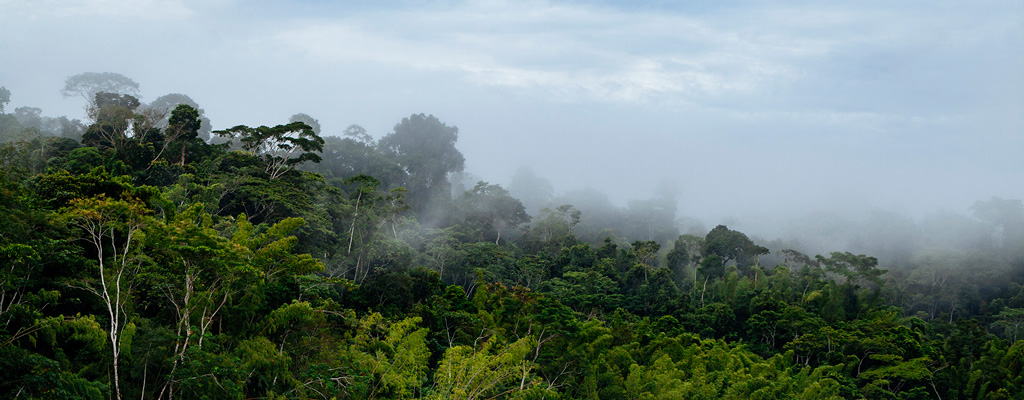
When you enter the Ecuadorian Amazon, you are entering a world that few people have the opportunity to experience. The smells, sounds, and tastes are all different. Of course, so are the cultures that live within the communities.
Ecuador contains only 2% of the entire Amazon, but that relatively small area is one of the most diverse and pristine areas in South America, and possibly in the world. It is home to Yasuní National Park, one of the most biodiverse places on Earth, designated by UNESCO as a World Biosphere Reserve in 1989 due to the vast range of animal and plant species that inhabit it.
The park contains over 200 species of butterflies, 596 species of birds, 150 species of amphibians, 121 species of reptiles, and 200 species of mammals, numbers which are always on the rise. In fact, some naturalists claim that the level of biodiversity in the park is so high that every journey into the rainforest can result in the discovery of a new species.
WEATHER
From rain to sunshine in a heartbeat.
The climate in the Ecuadorian Amazon rainforest never undergoes drastic changes. Throughout the year, temperatures range comfortably from 79°F to 95°F (26°C to 35°C). Because of Ecuador’s location at the equator, the sun rises and sets at the same time every day, without a need to ever adjust for Daylight Savings Time. For the same reason, the Ecuadorian rainforest only observes two main seasons: the cooler dry season (June-September) and the warmer wet season (October-May). Regardless of the season, guests visiting the rainforest should expect to experience sudden showers.
Rain or shine, however, there will always be plenty of wildlife to discover. Ecuador’s rainforest is home to an incredible amount of flora and fauna that depend on the forests remaining wet from the frequent rain.


LOCATION
The Ecuadorian Amazon Rainforest is located at the base of the Andes mountains.
Millions of years ago, the Amazon River flowed from east to west, emptying into the Pacific Ocean. When the Andes Mountains rose along the eastern side of the South American continent, around 20 million years ago, the emerging mass blocked the flow of the Amazon. Freshwater lakes formed as a result, and the flow of the river gradually reversed to its current eastern course. About 10 million years later, the river reached the Atlantic Ocean. Plants and animals have always thrived in the rainforests that grow in the area surrounding its banks.

